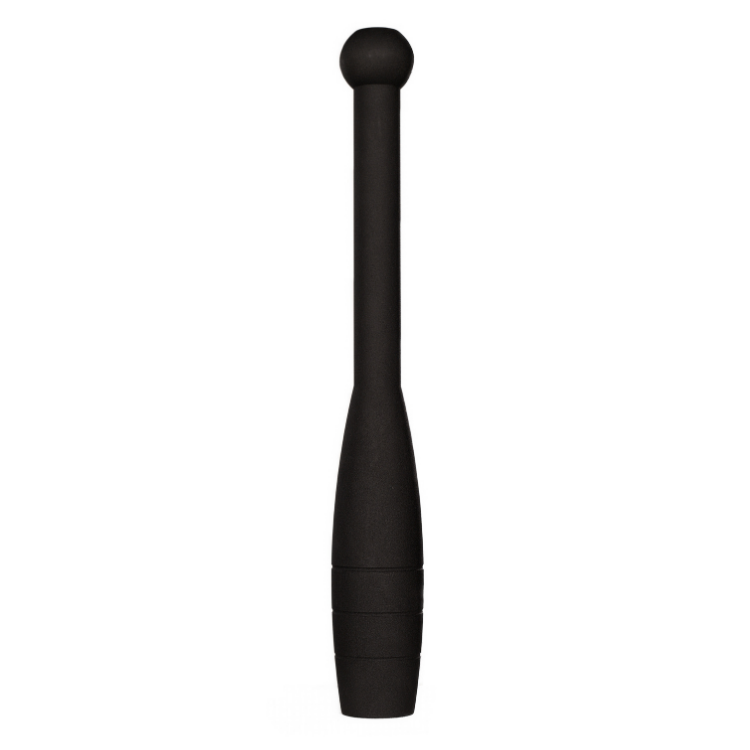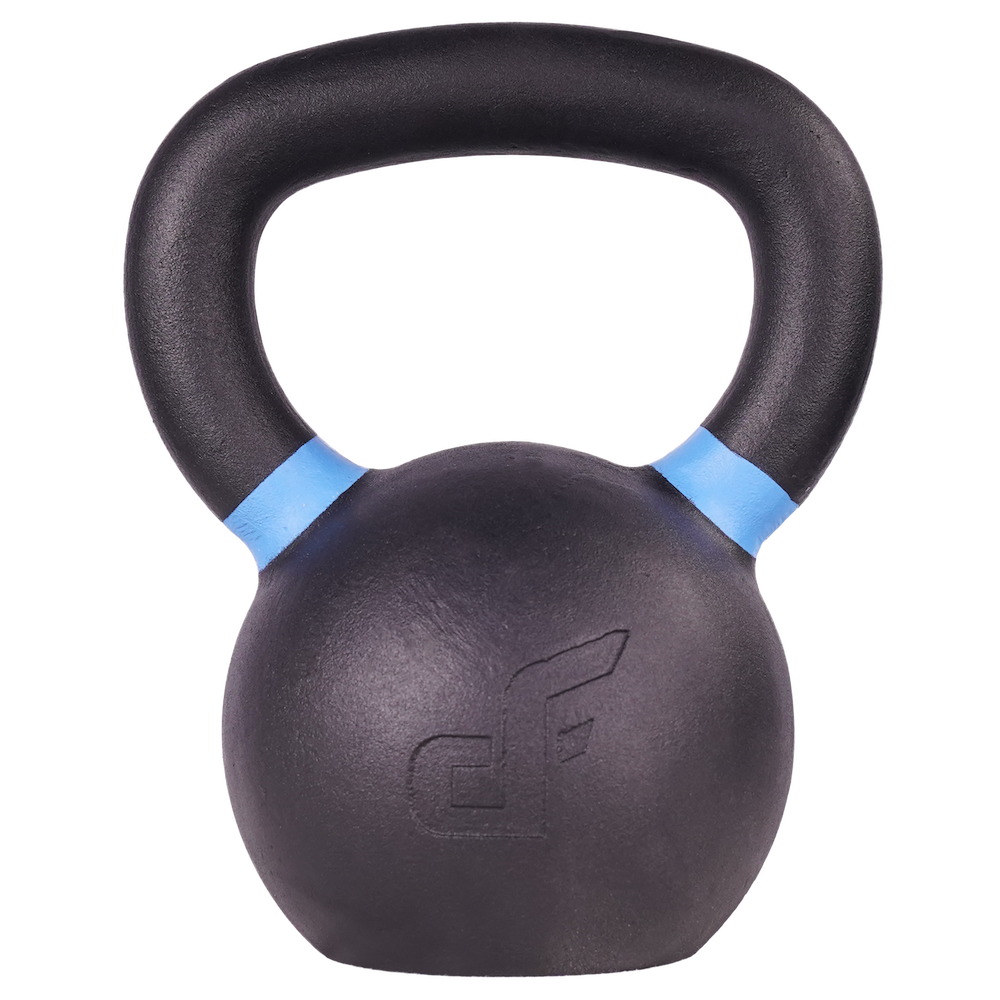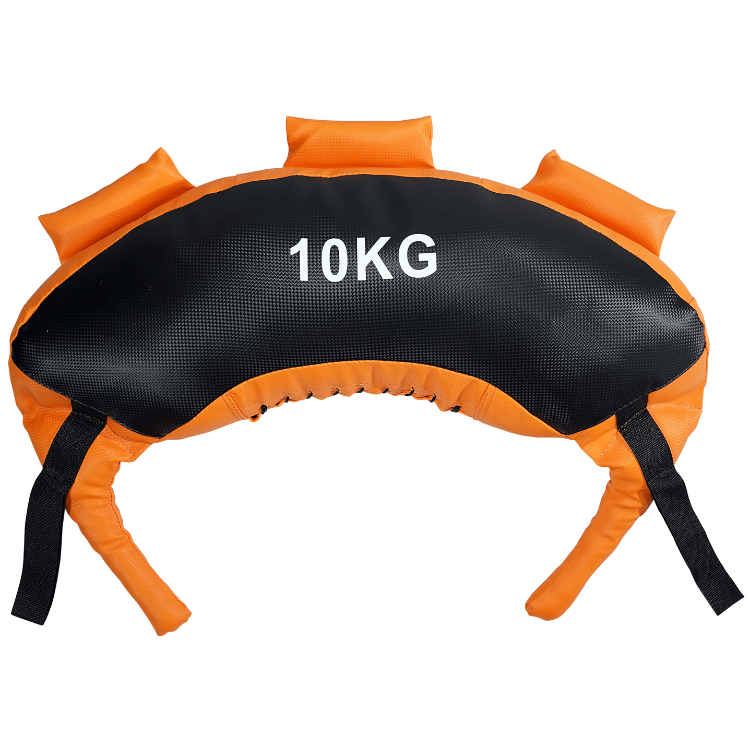
How you design your programs will be dependant on a number of factors including your clients; goals, lifestyle, current fitness levels, training experience, age, time availability, exercise likes & dislikes.
Below are a few different styles of workout that can be used within the Dangerously Fit program design framework and, example workouts for you to implement into your training business right away.
Ladders
Ladder workouts are an excellent way to increase volume, break through plateaus and speed up workouts.
Originally developed by strength coaches in the former Soviet Union, ladders were a powerful secret weapon used by the Eastern European athletes who dominated the strength events at the Olympics for decades.
A traditional ladder workout starts with 1 rep, which increases by an additional rep in each set. For example, you perform 1 squat, rest, perform 2 squats, rest, perform 3 squats etc until you reach your goal for the workout.
The point of performing ladder workouts is to increase the volume you would normally do. Instead of going to fatigue on each set and burning out quickly, you leave some in the tank which allows you to perform more reps in total.
Ladder workouts can be done in any number of ways, but, there are a few rules you should adhere to;
- The most challenging sets where the reps are highest (9, 10 reps etc) must be subsequently followed by the longest rest periods. Do not rush the rest periods as you won’t be able to complete the full ladder. As a rule of thumb, take the same number of breaths during the rest period as the number of reps you just performed. For example, if you did 7 squats during your set, take 7 deep breaths for your rest.This is why ladders are excellent for partner training as the longer rest periods are automatically built into the workout while your partner performs more reps in their set.
- Never work to failure, if 10 push ups is the most you can perform, then only go as high as 8 reps and ensure you maintain perfect form throughout.
- Don’t perform more than 4 ladders in any given workout, ladder training increases the volume which can lead to overtraining if overused.
Flows
One of the many benefits of functional training tools such as kettlebells, Bulgarian bags and steel clubs and something that makes them not only great fun, but highly effective, is the ability to sequentially chain exercises together (flows).
A ‘flow’ is where three or more exercises are combined into one seamless sequence.
Flows target multiple muscles in multiple planes of motion making them a highly effective functional training workout.
This style of training has many benefits including strength, mobility, stability, muscle endurance and metabolic conditioning.
Ideally you will begin an exercise where the last one finished, for example, Swing -> Clean -> Press -> Squat. Each exercise flows seamlessly into the next movement where the previous exercise finished. Once you have mastered a basic 3-movement flow, work on 4, 5 and 6 movement flows.
These types of workouts can be done for time or reps, for example you may choose to perform each exercise for 45 or 60 seconds, alternatively, exercises can be performed for a specific number of reps i.e. 10 reps.
Circuit Training
Circuit training is a style of workout where participants rotate through a number of consecutive exercises (normally 5-10), for time or reps with minimal rest between sets. The exercises usually target different different muscle groups using a variety of training tools.
Through appropriate exercise selection the trainee can move through multiple stations with minimum rest without fatiguing any particular muscle group. For example, a basic circuit might look something like this; push ups, kettlebell squats, sit-ups, power bag bent over rows, alternating Bulgarian bag reverse lunges, aqua ball woodchop.
This style of workout forces the heart to work harder by pumping blood from one part of the body to another to ensure the necessary muscles are supplied with enough oxygen (blood shunting).
Keeping the heart rate elevated throughout the workout results in more calories burned and an elevated metabolism. Circuit training also improves cardiovascular fitness, develops strength and increases muscle endurance.
The great thing about circuit training is the virtually limitless options that are available, as a personal trainer this makes circuit training a useful tool to have in your training arsenal. You don’t need much space, require minimal equipment and is a great way to train groups of people together all at once.
HIIT Based Workouts (AMRAP, Tabata etc)
HIIT workouts involve short bouts of high intense exercise alternated with periods of recovery, HIIT is another style of training that have a plethora of benefits including; elevating the metabolism, boosting muscle endurance, improving cardiovascular fitness, increasing VO2 max, as well as being very time efficient.
HIIT can take many forms but two of the most popular are AMRAP and Tabata.
AMRAP stands for ‘as many reps/rounds as possible’ and are usually performed for time where the participants try to complete as much as physically possible, they are often used in Crossfit type workouts where performance can be easily tracked
This format of training is straightforward, challenging and extremely effective… but they aren’t for everyone. The most important thing to remember is to maintain good form or the AMRAP stops, never sacrifice form!
If you’re new to this workout start with a shorter work time of 5-6 minutes, then gradually increase the work as your body begins to adapt.
An example of an AMRAP workout would be to do as many rounds as possible in 10 minutes of:
30 x sit ups
25 x Bulgarian bag squats
20 x kettlebell swings
15 x push ups
10 x sandbag rows
5 x burpees
Tabata training is a clearly defined work/rest ratio of 20-seconds of maximum effort, followed by 10-seconds of rest, for 8 rounds. So a full set will take 4-minutes to complete.
A researcher from Tokyo named Izumi Tabata developed the Tabata protocol in 1996. He found athletes that performed his protocol 5-days per week for 6-weeks increased their VO2 max and anaerobic capacity more than the athletes who were following other types of protocols.
If you’re new to this workout start with 1 tabata, then gradually increase your tabatas by 1 until you can perform 4 tabatas in 20-minutes (having a 1-minute rest between tabatas).
Here’s an example workout;
Tabata 1: Sandbag clean and press
Tabata 2: Sandbag squats
Tabata 3: Sandbag Russian twists
Tabata 4: Sandbag alternating step-ups






